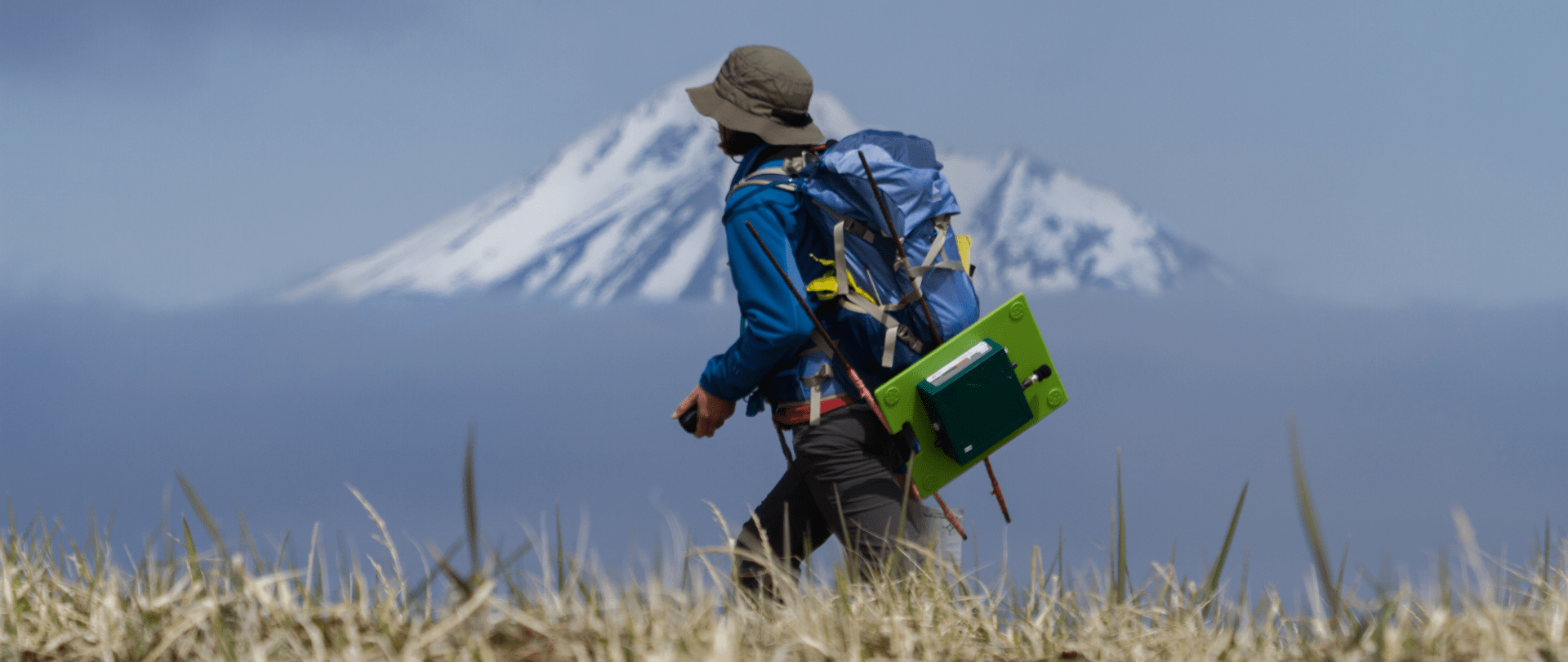February 26, 2025
Takutea’s Journey to a Thriving Ecosystem in the Cook Islands
Takutea in the Cook Islands is on its way to reviving its entire ecosystem in a community-led effort.
We use cookies to help you navigate efficiently and perform certain functions. You will find detailed information about all cookies under each consent category below.
The cookies that are categorized as "Necessary" are stored on your browser as they are essential for enabling the basic functionalities of the site. ...
Necessary cookies are required to enable the basic features of this site, such as providing secure log-in or adjusting your consent preferences. These cookies do not store any personally identifiable data.
Functional cookies help perform certain functionalities like sharing the content of the website on social media platforms, collecting feedback, and other third-party features.
Analytical cookies are used to understand how visitors interact with the website. These cookies help provide information on metrics such as the number of visitors, bounce rate, traffic source, etc.
Performance cookies are used to understand and analyze the key performance indexes of the website which helps in delivering a better user experience for the visitors.
Advertisement cookies are used to provide visitors with customized advertisements based on the pages you visited previously and to analyze the effectiveness of the ad campaigns.
Our new online shop is live!

Until May 2012, Hawadax Island in Alaska was known as Rat Island. But thanks to the work of Island Conservation, the island is now known as a nesting ground for a wide variety of seabirds, including the Tufted Puffin—not seen there for almost 200 years.
In a recent Canadian Wildlife Magazine article, Zack Metcalfe highlights the Hawadax Island project alongside many of Island Conservation’s other successes. The Channel Islands in California, Rábida in the Galápagos, and Palmyra Atoll south of Hawai’I all feature as places where our removal of invasive species brought about astonishing unforeseen benefits.
Coral Wolf, our Conservation Science Program Manager, shares that the return of native species and ecosystem-wide recovery are among the multiple benefits of invasive species removal. On Hawadax, native seabirds (auklets, gulls, petrels, and, of course, Tufted Puffins) fertilize the once over-grazed land with their guano, and native plants flourished. Similarly, as the birds regulated the population of invertebrates in the island’s near-shore ecosystem, coastal algae returned. The spillover effects from a single human intervention are astonishing.
After eradication, Coral shares, islands “look different, they sound different, they smell different. It’s the best part of my job.”
You can read Metcalfe’s full article on his blog. To support the rewilding and restoration of islands for nature and people, support Island Conservation today!
Check out other journal entries we think you might be interested in.
Notifications